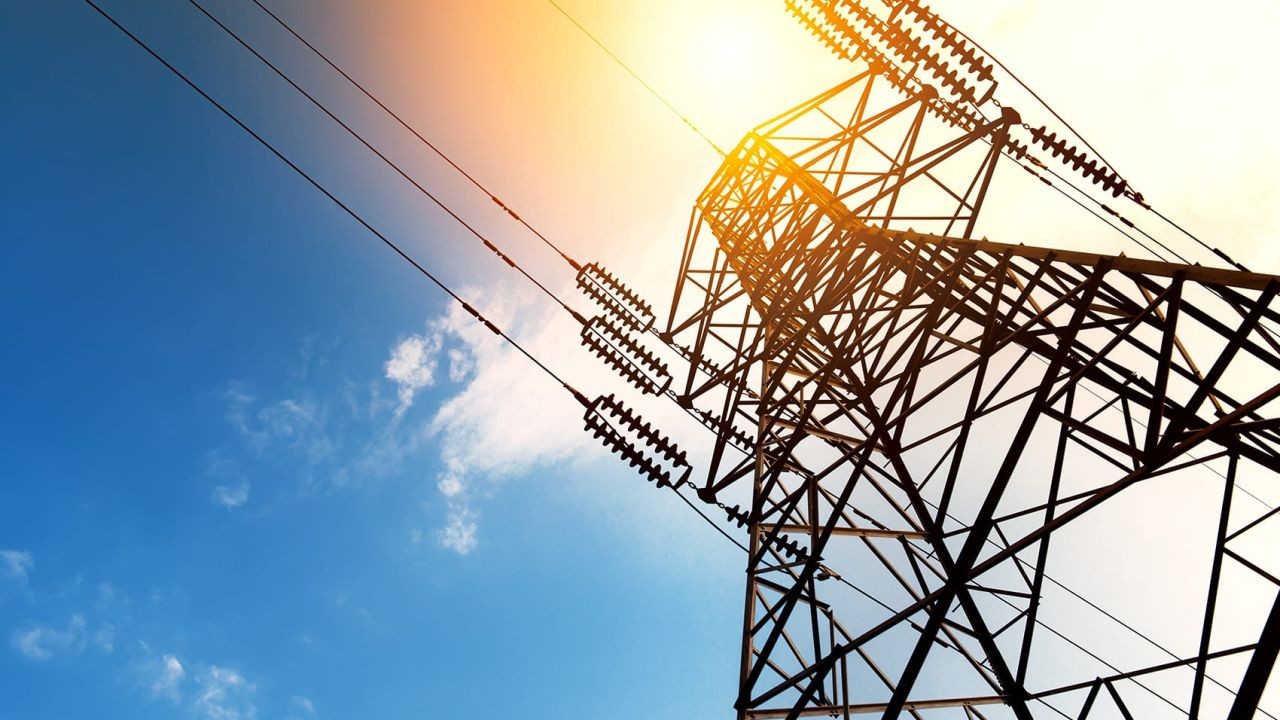Credit cards and Buy Now, Pay Later (BNPL) schemes have become integral components of consumer finance in Australia. Both offer convenience and flexibility, but they also come with distinct financial implications for users. This article delves into the cost comparison between credit cards and BNPL services, analyzing which option is potentially more expensive for Australians. By examining real-world examples, industry trends, and regulatory insights, we aim to provide a comprehensive guide for economic development officers and policymakers.
Understanding the Mechanisms: Credit Cards vs. BNPL
Credit cards have long been a staple of consumer finance, allowing users to borrow funds up to a certain limit, repayable with interest if not cleared by the due date. In contrast, BNPL services enable consumers to purchase items immediately and pay for them over time in installments, often interest-free as long as payments are made on time. The popularity of BNPL has surged, with platforms like Afterpay and Zip dominating the market in Australia.
Credit Cards: Traditional Finance Tool
Credit cards offer numerous benefits, including loyalty points, fraud protection, and the flexibility to manage cash flow. However, they can lead to significant costs if not managed properly. With interest rates on outstanding balances averaging around 17% per annum, according to the Reserve Bank of Australia (RBA), credit cards can quickly become expensive if balances are not paid in full monthly.
Buy Now, Pay Later: Modern Payment Solution
BNPL services have gained traction among younger consumers who prefer the flexibility of installment payments without the burden of interest. According to the Australian Securities and Investments Commission (ASIC), around 30% of adults have used BNPL services. However, late fees and potential impacts on credit scores are notable risks if payments are missed.
Comparative Cost Analysis
When evaluating the cost implications of credit cards versus BNPL, several factors come into play:
- Interest Rates: Credit cards typically charge higher interest rates on unpaid balances, whereas BNPL services often provide interest-free periods.
- Fees: BNPL services charge late fees, which can accumulate quickly. Credit cards also have fees, including annual fees and late payment charges.
- Consumer Behavior: Credit cards may encourage higher spending due to credit limits, while BNPL might lead to spending within installment capabilities.
The RBA reports that Australians collectively owe over AUD 45 billion on credit cards, a significant financial burden when compared to the rapidly growing BNPL sector.
Real-World Case Studies
Case Study: Afterpay - Transforming Consumer Spending
Afterpay, a leading BNPL service in Australia, has revolutionized consumer spending by offering interest-free installment plans. The company's success is evident as it recorded a 97% increase in its active customer base from 2019 to 2021. This growth highlights the consumer preference for flexible payment options over traditional credit cards.
Case Study: ANZ Bank - Adapting to Consumer Preferences
The ANZ Bank, recognizing the shift towards BNPL, launched its own BNPL product to capture market share. By offering a competitive alternative to traditional credit cards, ANZ aims to retain its customer base while adapting to changing consumer preferences.
Pros and Cons: Credit Cards vs. BNPL
Pros of Credit Cards:
- Established credit history and score improvement when used responsibly.
- Access to rewards programs and cash-back offers.
- Higher spending limits compared to BNPL services.
- Comprehensive fraud protection and chargebacks.
Cons of Credit Cards:
- High-interest rates on outstanding balances.
- Potential for accumulating significant debt.
- Annual fees and other associated costs.
Pros of BNPL:
- Interest-free installments when paid on time.
- Easy approval process with less stringent credit checks.
- Flexible repayment schedules tailored to consumer needs.
Cons of BNPL:
- Late fees can accumulate rapidly.
- Potential negative impact on credit scores if payments are missed.
- Encourages impulse buying due to ease of access.
Regulatory Insights and Consumer Protection
The Australian Competition & Consumer Commission (ACCC) and ASIC have been actively monitoring the BNPL sector to ensure consumer protection. Regulatory frameworks are being developed to manage the transparency and fairness of BNPL services, similar to the regulations governing credit cards. This includes ensuring clear disclosure of fees and potential impacts on credit scores.
Common Myths and Mistakes
Myth: BNPL is Always Cheaper than Credit Cards
Reality: While BNPL can be cheaper for timely payers, late fees can quickly make it more expensive than credit card interest rates.
Myth: Credit Cards are Obsolete
Reality: Despite the rise of BNPL, credit cards remain a vital financial tool, offering benefits like rewards and fraud protection.
Myth: BNPL Does Not Affect Credit Scores
Reality: Missed payments on BNPL services can negatively impact credit scores, similar to missed credit card payments.
Future Trends and Predictions
As consumer preferences continue to evolve, both credit cards and BNPL services will need to adapt. By 2026, experts predict that BNPL will account for nearly 10% of all online retail transactions in Australia, driven by the demand for flexible payment solutions. Meanwhile, credit card providers are likely to innovate by integrating more tech-driven solutions and enhancing reward programs to remain competitive.
Conclusion
Credit cards and BNPL services each have their own set of advantages and challenges. For Australians, the choice between the two should be informed by personal financial habits, ability to manage payments, and preference for rewards or fee structures. As regulatory bodies continue to refine consumer protections, both options will likely offer improved transparency and customer experience. For economic development officers, understanding these trends is crucial for shaping policies that support responsible consumer finance.
People Also Ask (FAQ)
- What are the main differences between credit cards and BNPL services in Australia? Credit cards offer revolving credit with interest, while BNPL allows installment payments with potential late fees.
- How does BNPL impact consumer spending in Australia? BNPL encourages spending by offering flexible payment options, leading to increased consumer purchases.
- What regulatory changes could affect BNPL services in the future? Upcoming regulations may require clearer fee disclosures and impact assessments on credit scores.
Related Search Queries
- Credit card vs BNPL Australia
- Buy Now, Pay Later providers in Australia
- BNPL impact on credit score Australia
- Credit card interest rates Australia
- BNPL regulation Australia
- Afterpay vs Zip Pay comparison
- Consumer finance trends in Australia
- Future of BNPL in Australia
- Credit card benefits vs BNPL
- Managing credit card debt Australia

































CAD DESK JAIPUR
5 months ago